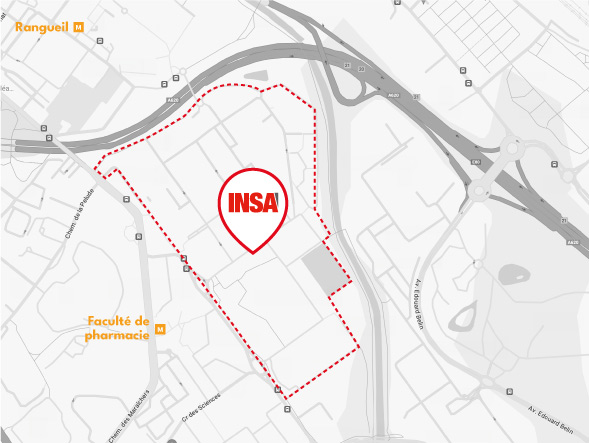The second part covers discrete event systems control. It includes the general structure of a sequential system and the study of elementary sequential functions (flip-flops, counters). It also addresses the synthesis and analysis of a sequential logic system. The Huffman method is introduced, as well as simplified sequencer synthesis. The realization will be done using flip-flops for synchronous systems. Additional information is provided on Huffman synthesis for asynchronous sequential logic systems (issues of hazards and races). The formalism of Petri nets is introduced for specifying problems related to parallelism, synchronization, and critical resource management, as well as the statecharts formalism.
Discrete automatics
Description
Objectifs
At the end of this module, the student will have understood and be able to explain (main concepts):
• Sequential logic: synthesis and analysis
The student should be capable of:
• Conducting minimal synthesis and analysis of a sequential system based on flip-flops, including that of a sequencer (synchronous systems).
• Analyzing and synthesizing complex asynchronous sequential logic systems, identifying and resolving issues related to static hazards and races.
• Modeling a system with parallelism, synchronization, and shared resources using the formalism of Petri nets or statecharts, and analyzing properties (safe, live, and sound) of a network through the marking graph.
Pré-requis
Combinatory logic
Évaluation
L’évaluation des acquis d’apprentissage est réalisée en continu tout le long du semestre. En fonction des enseignements, elle peut prendre différentes formes : examen écrit, oral, compte-rendu, rapport écrit, évaluation par les pairs…
En bref
Crédits ECTS :
Nombre d’heures :

INSA Toulouse
135 avenue de Rangueil
31077 Toulouse cedex 4
Tél : 05 61 55 95 13
Fax : 05 61 55 95 00

Dans un souci d'alléger le texte et sans aucune discrimination de genre, l'emploi du genre masculin est utilisé à titre épicène.











